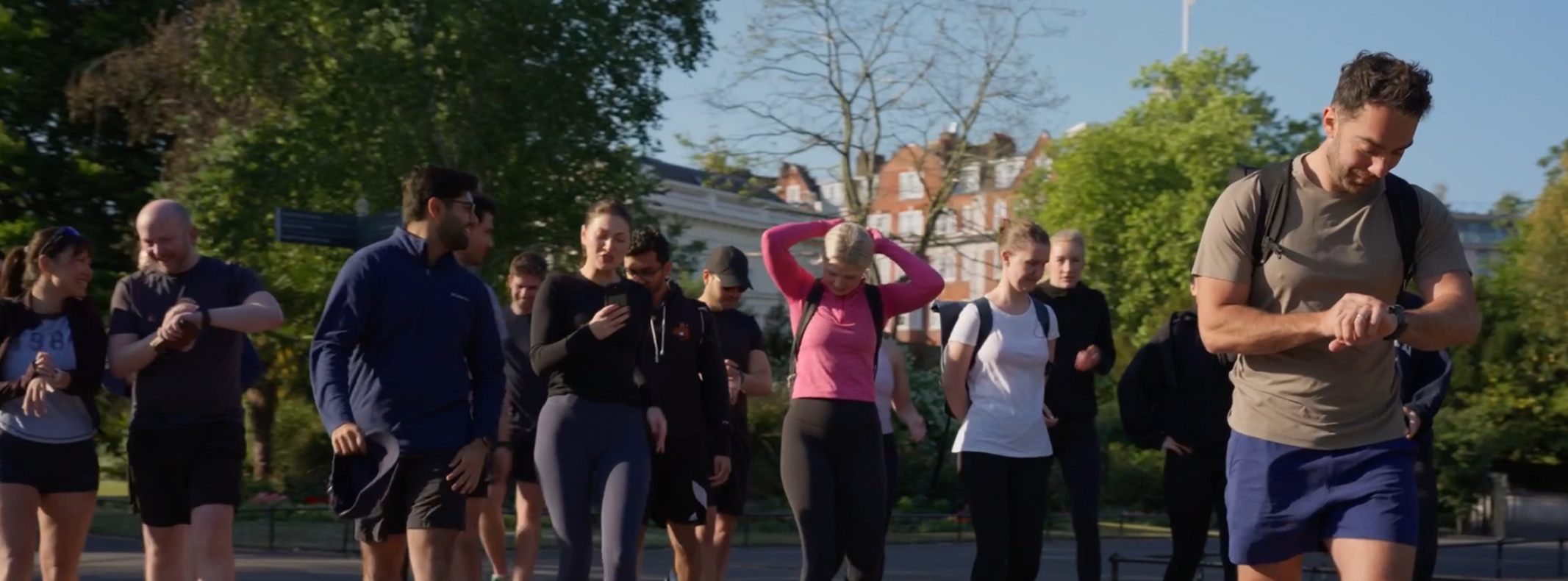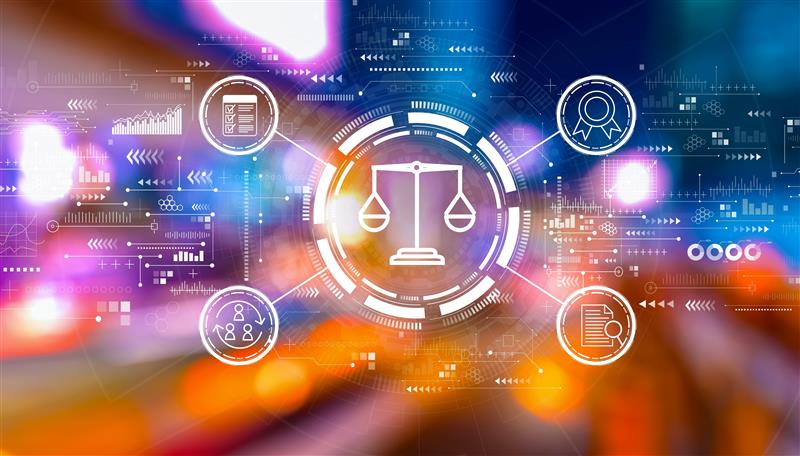How we think about our decision making process
Decision-making is one of the core challenges in any business, but it can be critically important in a start-up where decisions can often be existential. As a founder, this might mean settling on a go-to-market strategy, or deciding between the VCs clamouring to fund your business. From the investment side, deciding which companies to back (and which to pass on) is one of the most important things we do.
When it comes to backing startups, there isn’t always a lot of data to go on. Many of the businesses we look at (especially the very early-stage ones) are pre-revenue and sometimes pre-product. We can’t always know everything that we might want to at the point we invest — which means we have to take risks. Even so, companies can sink, swim or soar based on risks that no one could have foreseen. The pandemic is a headline example.
The number of variables at play and impact of luck means making early-stage investment decisions can be very hard, but we also find how VCs make decisions is often opaque. This blog aims to offer some insight into how we think about our decision-making process. It’s something we put a lot of time and effort into.
Turning down the noise
A poker player enjoys the luxury of playing thousands of hands. And as a result, over time they’re able to put together a clear idea of what’s skill — and what’s just luck. VC investment is more slow-moving. Because our investments number in the tens, or hundreds, rather than thousands or tens of thousands, we don’t have nearly enough information to work out whether we’re making good decisions based purely on outcomes.
What we can control is the quality of the decision-making process itself. We have to play to our strengths, and make the very best use of the tools, and assets, we have available. At Octopus Ventures, this means people. Everyone on the team across our focus areas brings an outstanding level of expertise to their work. Maximising experience is important in making good decisions and many of our colleagues have years of investing experience and/or direct operational experience in their area of focus either as founders, researchers, developers or medical professionals. But that doesn’t make them immune to the noise and/or biases that impacts their decision-making.
A few years ago, a famous study showed that parole hearings held just before a break, versus those held just after, had a materially different outcome. There’s no question that the stakes in the courtroom are higher than in our work, but it points to an important truth: if we saw the same company on a Monday morning versus a Friday afternoon, would we make the same decision? This is noise and being aware of it is important for both us as the decision makers and for start-ups whose funding is often dependent on the result of such decisions.
Mitigating bias
Beyond eliminating noise where we can, another key element to remove from decision-making is bias. Everyone is subject to biases. Understanding them and how they shape our decisions is important to investors and entrepreneurs alike.
As a broad category, unconscious bias has become an important pillar of ESG compliance. But an awareness of subconscious responses also goes a long way towards ensuring that we make the best decisions.
We’ve catalogued fifteen out of the thousands of cognitive biases, that we believe are most important in making investment decisions and have deliberately designed our decision-making process to minimise them.
- Confirmation bias can be a problem for investors building a thesis around a business they’re looking to back. It leads individuals to find facts that support their beliefs, rather than challenge them. Red teaming or having someone who looks for counter evidence can be a very effective way to combat this.
- Hindsight bias is also an issue: it’s tempting to draw lessons from individual experiences, positive or negative. But as we’ve mentioned earlier, in a field where skill and luck walk hand-in-hand, it is often hard to say whether we made a bad decision or were unlucky. Keeping a decision journal that details why a particular decision was made at the time can be helpful to combat this. We do this in our investment papers, created for each investment decision.
- Groupthink can also be a problem, especially when you have different levels of seniority across the decision-making team, which is why we make our investment decisions by blind vote.
These are just a few examples of some of the biases we’ve designed our investment process to mitigate against; where mitigation isn’t possible, we make sure to keep awareness of these biases front-of-mind.
Know what you know
Finally, as investors we have to remember that no matter our expertise in a market vertical we never know as much as the founders building businesses in that space. The Dunning-Kruger effect describes an individual’s mistaken belief that they know more than they do about a new topic area. It’s a problem in investing because someone who thinks they know a market inside-out, and isn’t aware of the gaps in their knowledge, exposes themselves to risks they won’t even be aware of.
It’s also a problem for founders. There are a lot of investors out there, and it’s important that entrepreneurs find one who understands the market they’re in, especially if they’re going to be on the board and informing strategy.
Decisions happen every day in business and both bias and noise have an impact beyond the investment process. Designing a decision making process carefully, being aware of bias and noise, and understanding the extent (and limits) of our knowledge are part of the toolkit we use to try to make better decisions every day.
If you’d like to chat more about our approach to combatting noise and bias in decision making, or you want to test your business against our decision-making process, get in touch!
For some great further reading (and listening) see:
- Harvard Business Review:
- MIT Sloan Review: A structured Approach to Strategic Decisions
- The Farnam Street thread on decision making
- The You’re Not So Smart podcast
Books:
- Michael Mauboussin – The Success Equation: Untangling Skill and Luck in Business, Sports, and Investing
- Annie Duke – Thinking in Bets: Making Smarter Decisions When You Don’t Have All the Facts
- Daniel Kahneman – Thinking, Fast and Slow
- Philip Tetlock and Dan Gardner – Superforecasting: The Art and Science of Prediction













